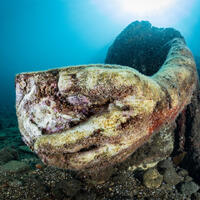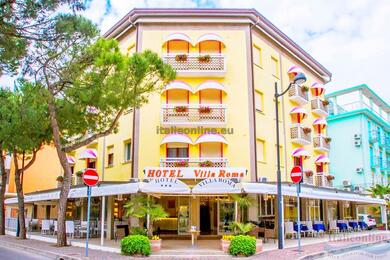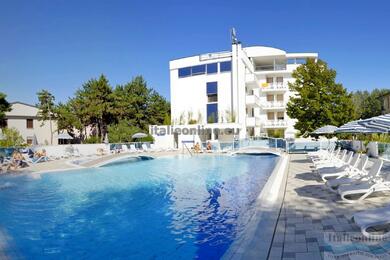The Italian aperitivo is the tradition of having aperitif drinks before dinner, which is very popular in Italy. It is a social ritual used to relax and prepare for the evening meal. Aperitivo often takes place in a bar or café and is an opportunity to meet friends and family.
The history of the Italian aperitivo dates back to the 19th century, when the first cafés and bars began to appear in cities such as Milan and Turin, offering special pre-dinner drinks. These drinks were intended to stimulate the appetite and encourage socialising. Over time, the aperitivo became a firm part of Italian culture and lifestyle.
Traditionally, the Italian aperitivo takes place between 6pm and 9pm, although the times may vary slightly depending on the region and customs (the further south you are, the later it starts). Bars and cafes are starting to offer a wide range of drinks that are typically refreshing, light and often bitter in nature. Popular aperitif drinks include Aperol Spritz, Negroni, Campari, Martini, Prosecco and many more - try checking out our series on Italian drinks. These drinks are served with accompaniments such as olives, chips, small sandwiches, nuts or bits of cheese.
Aperitivo is also associated with "stuzzichini", which are small delicacies that accompany aperitivo drinks. These stuzzichini are often provided as part of an aperitivo and may include various types of cheese, ham, salami, bruschetta, mozzarella, marinated vegetables and other delicacies.

Italian aperitivo is not only about drinks and food, but also about socialising. It's a time when people enjoy the company of friends and family, share stories and relax before dinner. Aperitivo is a way to step away from the hustle and bustle of everyday life and experience a moment of peace and joy.
This tradition is very important in Italian culture and brings not only the enjoyment of flavours and aromas, but also a sense of belonging and the joy of spending time together with close people.







